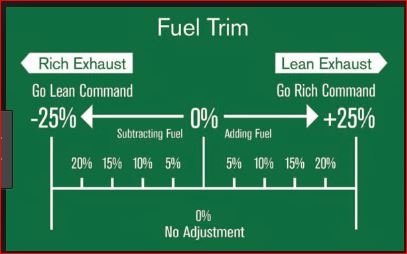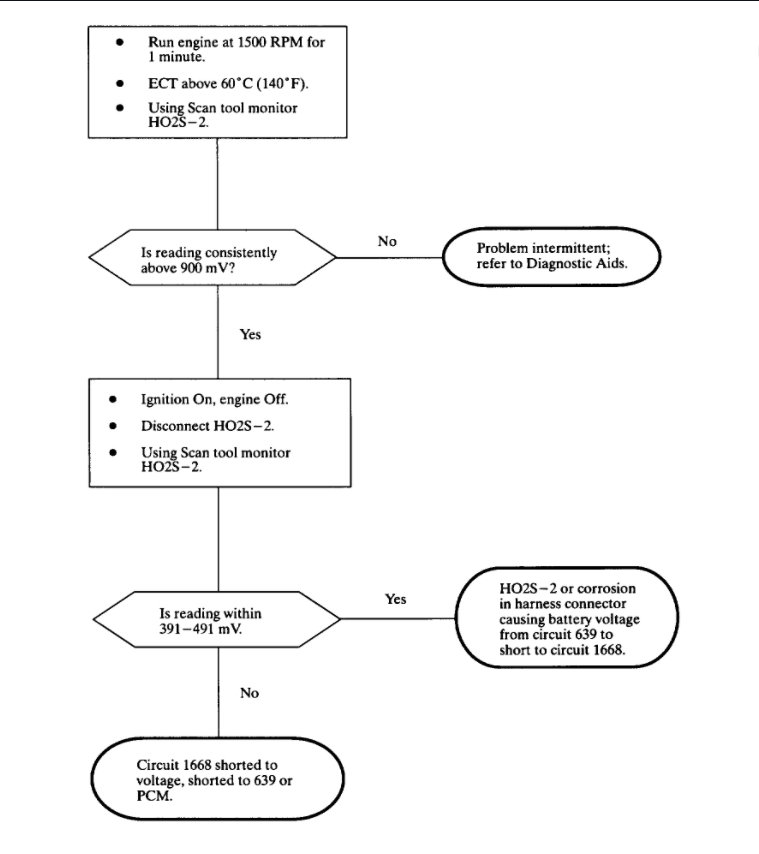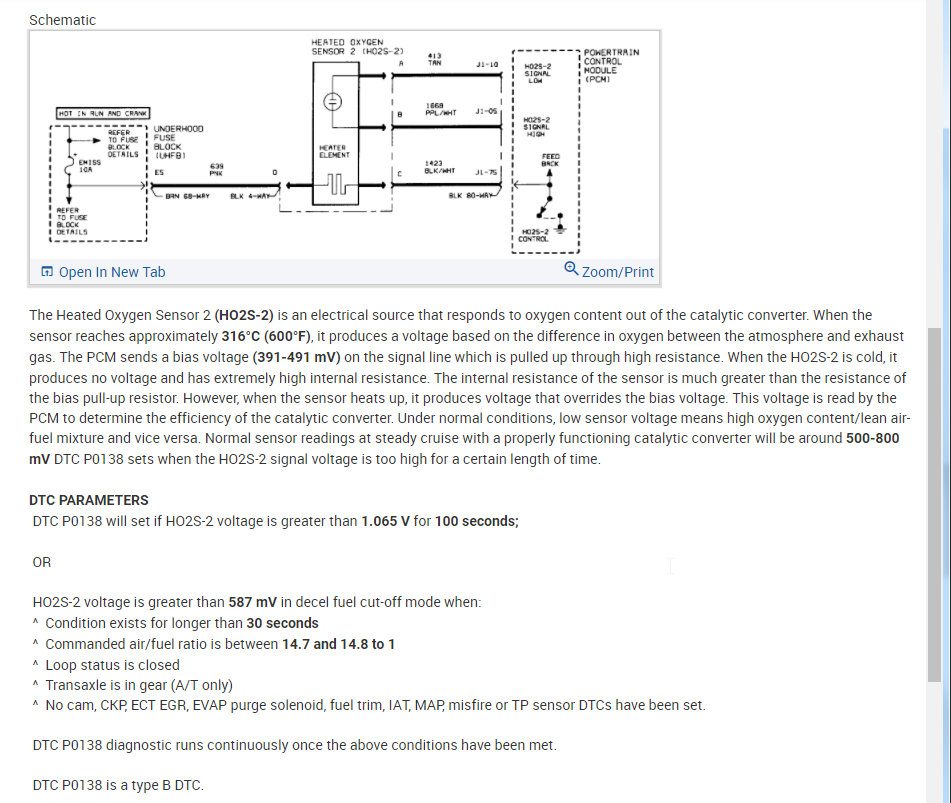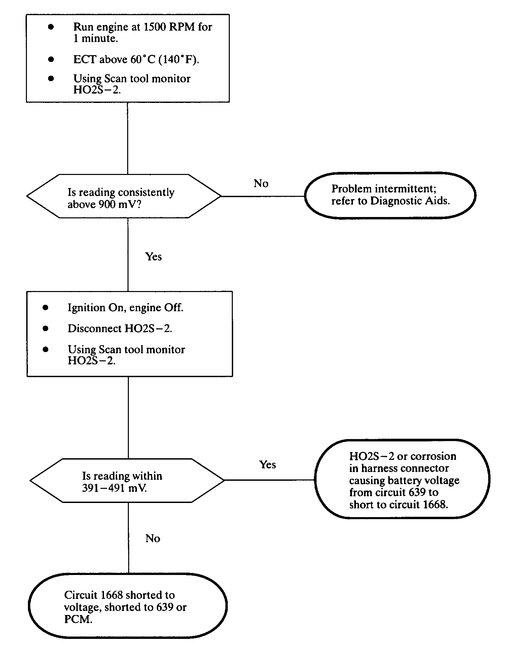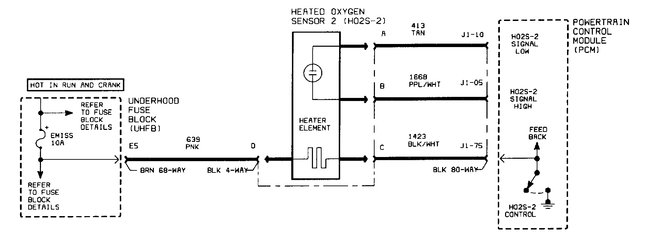Hi,
There could be an issue with a connection being corroded. Take a look through this diagnostic flow chart and let me know if it is something you feel comfortable doing. The attached pics correlate with the directions.
___________________
2000 Saturn SL1 L4-1.9L SOHC VIN 8
P0138
Vehicle ALL Diagnostic Trouble Codes ( DTC ) Testing and Inspection P Code Charts P0138
P0138
Diagnostic Chart
pic 1
Schematic
pic 2
The Heated Oxygen Sensor 2 (HO2S-2) is an electrical source that responds to oxygen content out of the catalytic converter. When the sensor reaches approximately 316°C (600°F), it produces a voltage based on the difference in oxygen between the atmosphere and exhaust gas. The PCM sends a bias voltage (391-491 mV) on the signal line which is pulled up through high resistance. When the HO2S-2 is cold, it produces no voltage and has extremely high internal resistance. The internal resistance of the sensor is much greater than the resistance of the bias pull-up resistor. However, when the sensor heats up, it produces voltage that overrides the bias voltage. This voltage is read by the PCM to determine the efficiency of the catalytic converter. Under normal conditions, low sensor voltage means high oxygen content/lean air-fuel mixture and vice versa. Normal sensor readings at steady cruise with a properly functioning catalytic converter will be around 500-800 mV DTC P0138 sets when the HO2S-2 signal voltage is too high for a certain length of time.
DTC PARAMETERS
DTC P0138 will set if HO2S-2 voltage is greater than 1.065 V for 100 seconds;
OR
HO2S-2 voltage is greater than 587 mV in decel fuel cut-off mode when:
Condition exists for longer than 30 seconds
Commanded air/fuel ratio is between 14.7 and 14.8 to 1
Loop status is closed
Transaxle is in gear (A/T only)
No cam, CKP, ECT EGR, EVAP purge solenoid, fuel trim, IAT, MAP, misfire or TP sensor DTCs have been set.
DTC P0138 diagnostic runs continuously once the above conditions have been met.
DTC P0138 is a type B DTC.
DIAGNOSTIC AIDS
To locate an intermittent problem, use Scan tool to monitor HO2S-2 voltage with engine idling at normal operating temperature. Wiggling wires while watching for a change in HO2S-2 voltage may locate the area where a short to voltage in the wiring could lie.
If an O2S-1 DTC and a HO2S-2 DTC are set, diagnose the O2S-1 DTC first. A diagnosed O2S-1 DTC may lead to a rich engine running condition which set the HO2S-2 DTC.
Review Failure Record information to check if the vehicle was running rich in a decel (TP angle = 0%, O2S-1 voltage above 587 mV) at time the DTC set. If this was the case, check for a possible rich condition.
_____________
Let me know.
Take care,
Joe
Images (Click to make bigger)
Tuesday, November 10th, 2020 AT 5:35 PM
